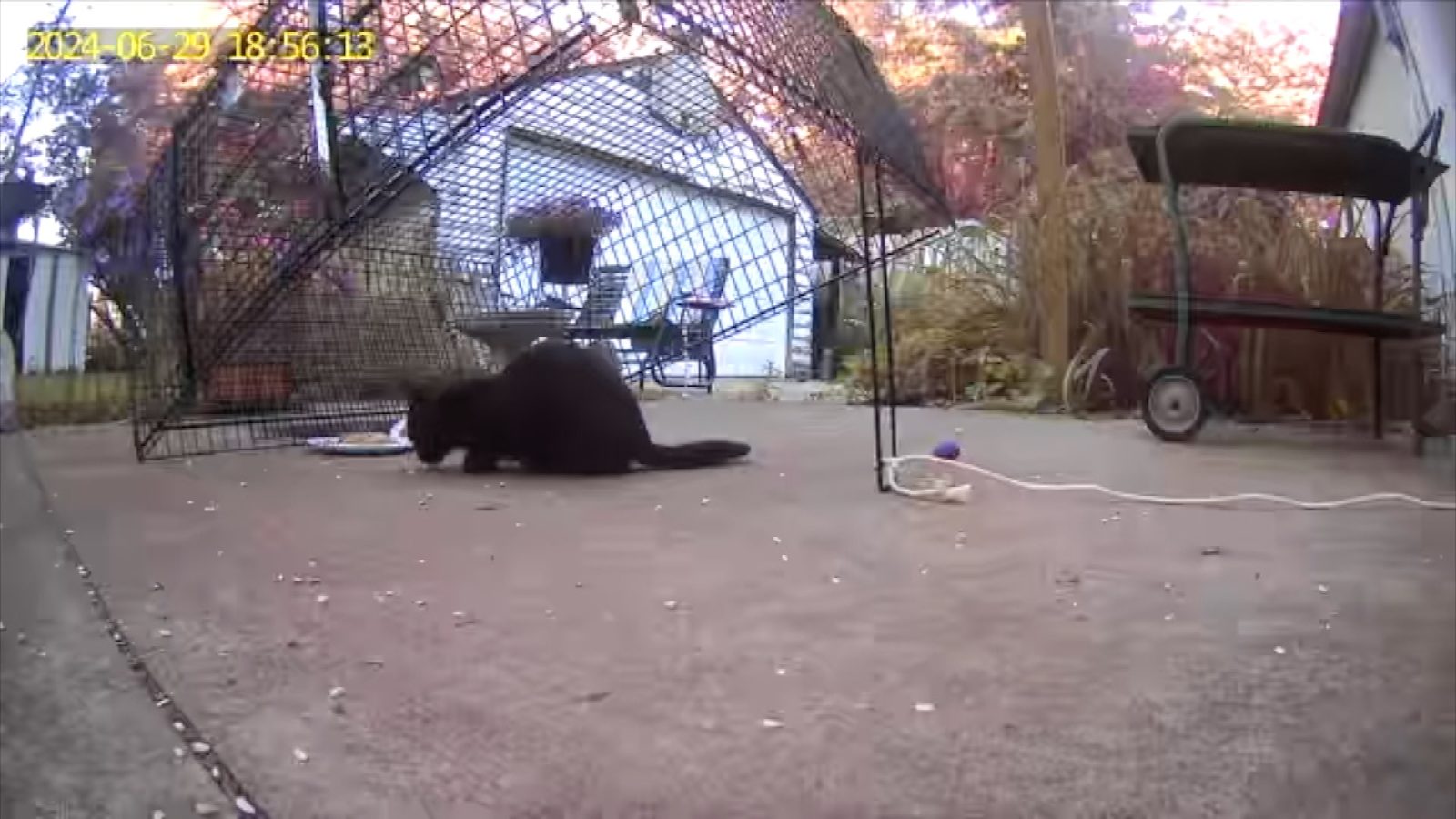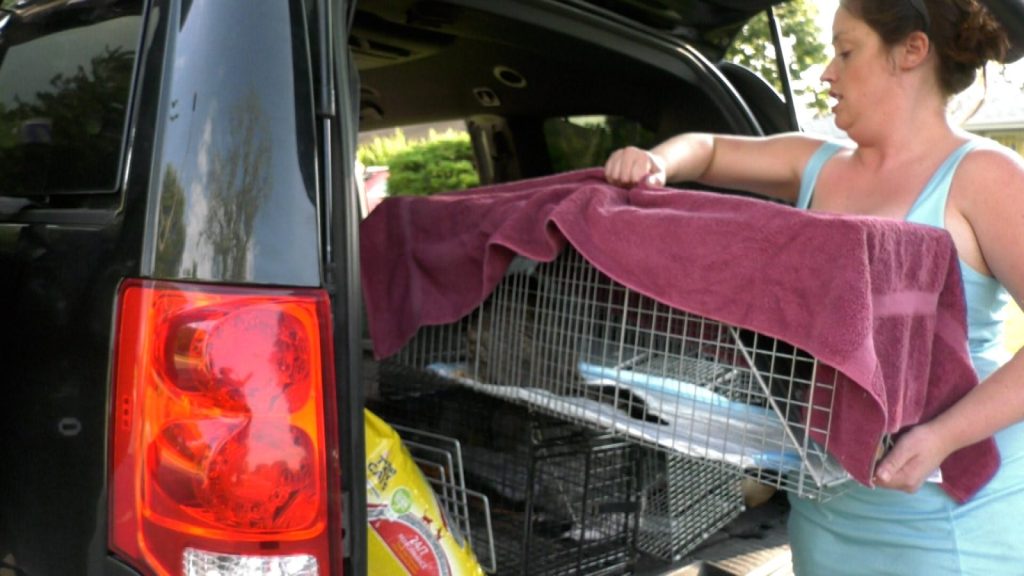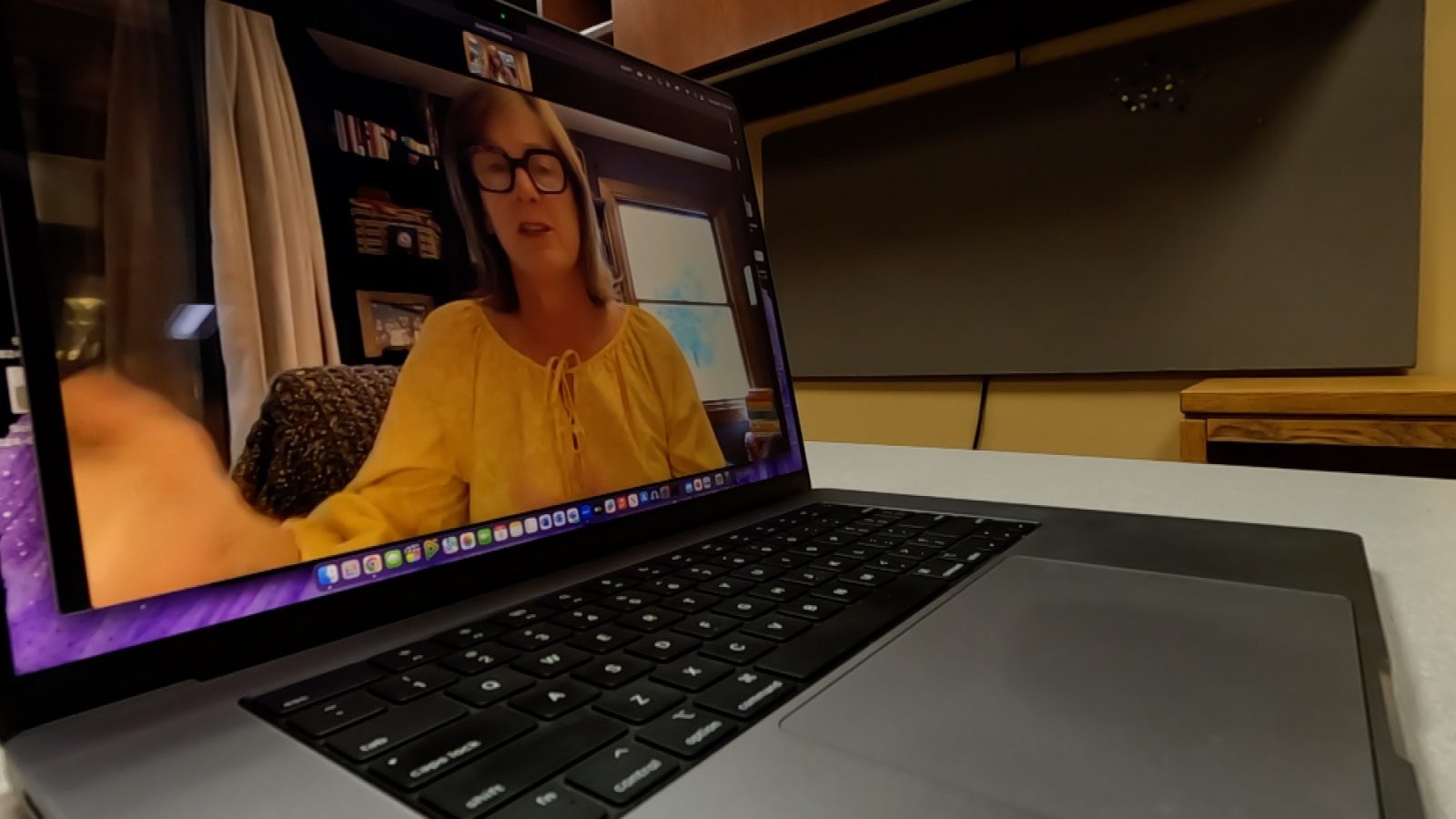Animal Humane Society Ends Free Feral Cat Fixing
There are hundreds of thousands of cats living outside in the Twin Cities metro area.
Many volunteers work to catch and sterilize feral cats to help control the population.
Its a part of the Trap-Neuter-Return system, also known as TNR. It’s exactly what it sounds like — volunteers catch feral and semi-feral cats, take them to get fixed, and then release them back into their territories.
Spaying and neutering can be done at facilities like the Animal Humane Society (AHS) in Golden Valley.
Until July 1, 2025, that service was free for feral populations. Now, it will cost rescuers $75.
“They are doing really good work, and that work is important,” said Janelle Dixon, CEO of AHS. “It can’t be solely funded by Animal Humane Society.”
Dixon said the local TNR program started with help from a grant ten years ago, but those grant funds ran out. AHS covered the costs to spay and neuter feral cats entirely once the grant funding was exhausted.
Now, AHS is still covering some of the costs. But Dixon says the organization also has to put its money into other programs.
“TNR is one service that we provide,” Dixon said. “Our goal, with the resources we have, is to do the most for the most animals in our community.”
Cat Trappers’ Concerns
Dixon said its estimated that there are 450,000-500,000 free-roaming cats in the metro area.
Of that set — feral cats, which roam and reproduce at a rapid rate, are not easy to pin down. Delaney Alexander, who helps catch feral cat colonies, knows that well.
In one Brooklyn Center backyard, she’s worked with a population that seems to keep growing.

Delaney Alexander uses a number of different trap systems to catch cats. In this one, she sets food under a trap and pulls down the string once the cat is inside and comfortable.
The cats aren’t thriving. Alexander said some of the kittens have died, and others have injuries to their tails, eyes and neck. She explained those injuries can be a result of territorial behavior by cats who aren’t fixed.
As a volunteer rescuer, Alexander works to bring those cats into the vet and take them to get spayed and neutered. Most TNR workers like Alexander are volunteer, and put in the hours in addition to their day jobs.
“Now, after a year, I’ve gotten over 200 cats fixed,” Alexander said.
This work prevents cats from reproducing. Unaltered female cats can have multiple litters a year. In a feral colony, she said that can be a catastrophic population boom.
“It’s just basically people like me who do this on her own time, on our own dime,” Alexander said. “We’re not large organizations. We don’t have a ton of support or followers necessarily, so that can be challenging.”
Financial Support
Alexander said she’s bought at least ten traps out-of-pocket. She also takes cats to the vet if they have injuries. Some young kittens are domesticated and, with Alexander’s help, put into foster homes.
“We’re not going to let the kitten die, so I’ll put it on the credit card,” Alexander said.
Some of her work is supported by friends, followers and organizations like Pet Project Rescue and the Bitty Kitty Brigade. Still, she said, those organizations are small.

For this job, Alexander’s car is filled with different humane traps and cages to transport cat colonies.
“Being asked to now cover the cost of a once-free program is just impossible and out of reach for all of us, I think,” Alexander said.
Still, Project Pet Rescue is fundraising to help volunteers like Alexander. It’s hoping to raise $25,000 to pay the vets it works with for TNR surgeries. More information about the fundraiser and the organizations are on its fundraiser page.
Looking Ahead
Dixon said she supports the work TNR workers do, and hopes cities could work to help offset some of the costs of their work. In the meantime, she said AHS will still offer it at a reduced rate.
“I think TNR is important to be doing, because the more cats that we can have sterilized in the community … the less neighborhood nuisances there will be,” she said. “But TNR will never resolve the free-roaming cat program. It hasn’t been resolved in decades, centuries. There’s not a silver-bullet solution yet that’s been determined.”



